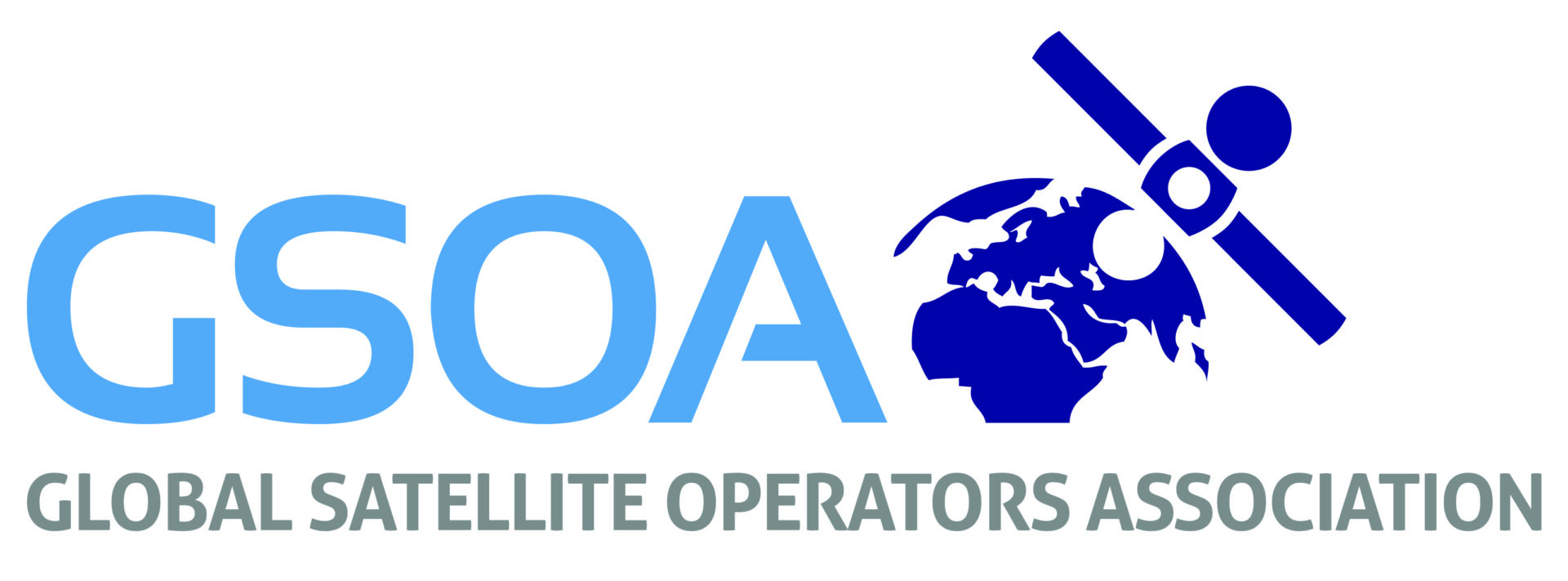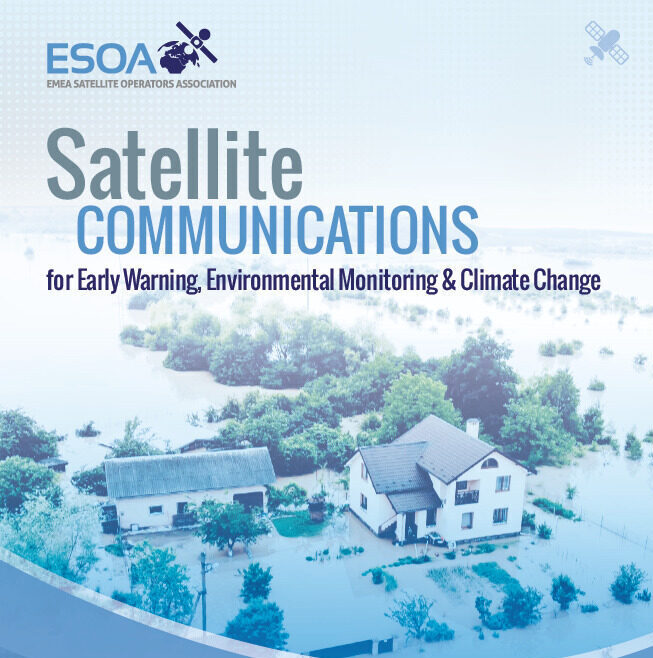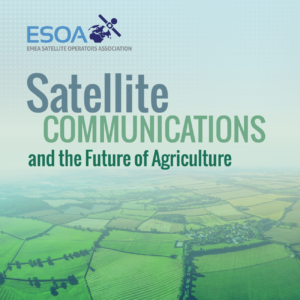It is expected that billions of devices will be connected through the 5G infrastructure. These devices will serve many different and diverse applications, especially in the context of reducing energy consumption and increasing energy efficiency. One of the expected implications is global wide deployment of millions of monitoring systems as part of the Internet of Things (IoT).
Each IoT device will naturally consume power when actively connected to the network. The feasibility of uploading IoT services over satellite and using different orbital architectures (e.g. GEO, MEO and LEO) are already being made.
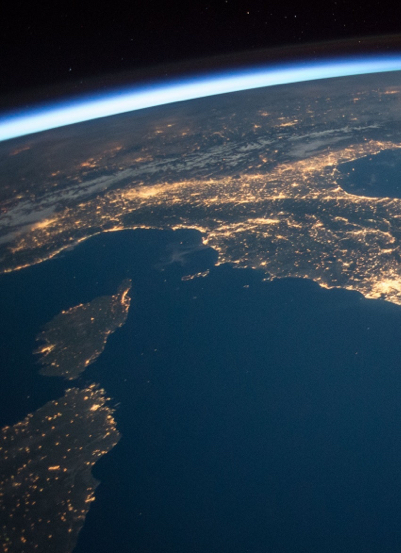
Oil & Gas
Oil and gas companies represent some of the major users of satellite communications services. The oil and gas industry works in some of the harshest environments on earth: in remote locations, far removed from infrastructure; and in extreme temperatures and weather conditions. Solutions involving a satellite element are therefore absolutely crucial.
Satellite-controlled software in combination with cloud computing has already been successfully used in some parts of the drilling process, providing automated, rapidly available data.
Satellite technologies are able to provide broadband Internet, Voice over IP (VOIP), real-time video and reliable communications to the harsh offshore environments. This also helps address health and safety matters in such challenging environments. In extreme disaster situations such as floods, storms etc., as well as where activities are carried out in remote offshore locations satellite technologies provide access to a wireless communications network that is independent of terrestrial infrastructure.
Fisheries
Fishing is an important part of the global economy, but the management of fish stocks has become both a commercial and an environmental concern. Availability and sustainability of fisheries stocks have been put at risk, while at the same time, fisheries are facing ever higher costs and lower yields. Satellite communications and satellite navigation can enable unified timely and accurate collection, management, and use of marine fisheries data to provide value added services to fisheries stakeholders and enhance the sustainability of fisheries resources.
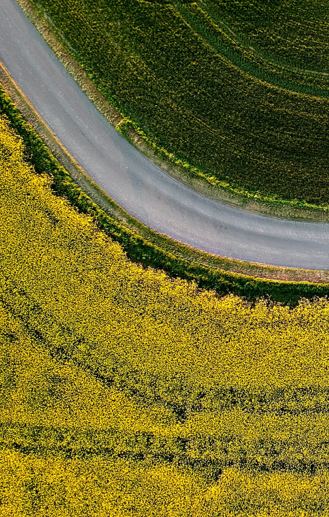

Agriculture & Farming
Precision agriculture is a farming management concept based on observing, measuring and responding to inter and intra-field variability in crops. Satellite crop monitoring technology allows to perform online crop monitoring on different fields, located in different areas, regions, even countries and on different continents. The technology’s significant advantage is a high automation level of sown area condition and its interpretation in an interactive map which can be read by different groups of users.
Today satellite communications are successfully relied on by many millions around the world for broadband and narrowband applications and services. Satellite communications allows them to access faster, reliable, accurate and timely information for better decisionmaking and automated practices that directly impacts their output. With the economics of terrestrial broadband deployment for rural communities and areas of high agricultural production being prohibitive, the use of satellite communications for precision agriculture is critical to the future of agriculture operations on farms across the globe. Satellite operators have already invested in satellites in space, that are enabling a new generation of services with higher throughput and lower latency across the world. Given that only a terminal is required to receive the signal to connect to the Internet backbone, satellite solutions can be costeffectively installed within days and weeks
